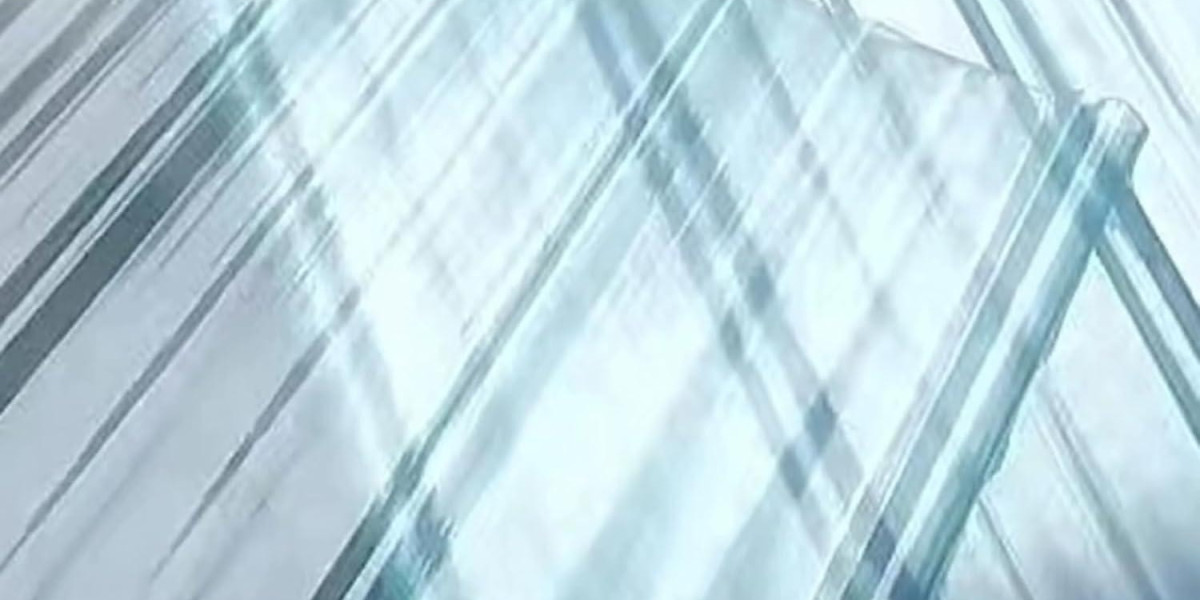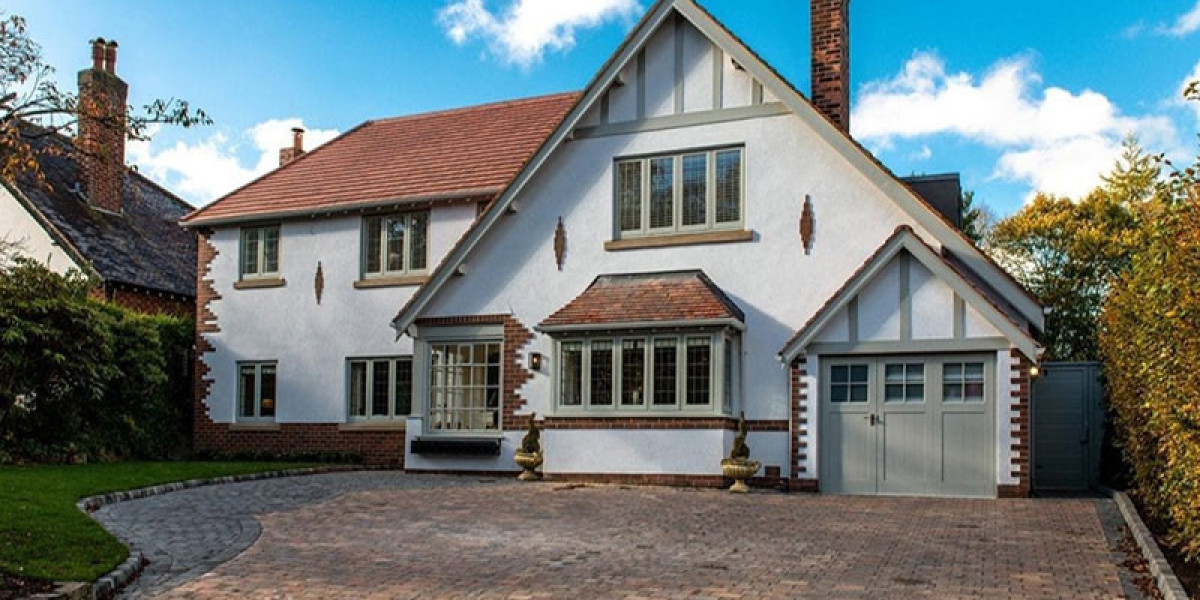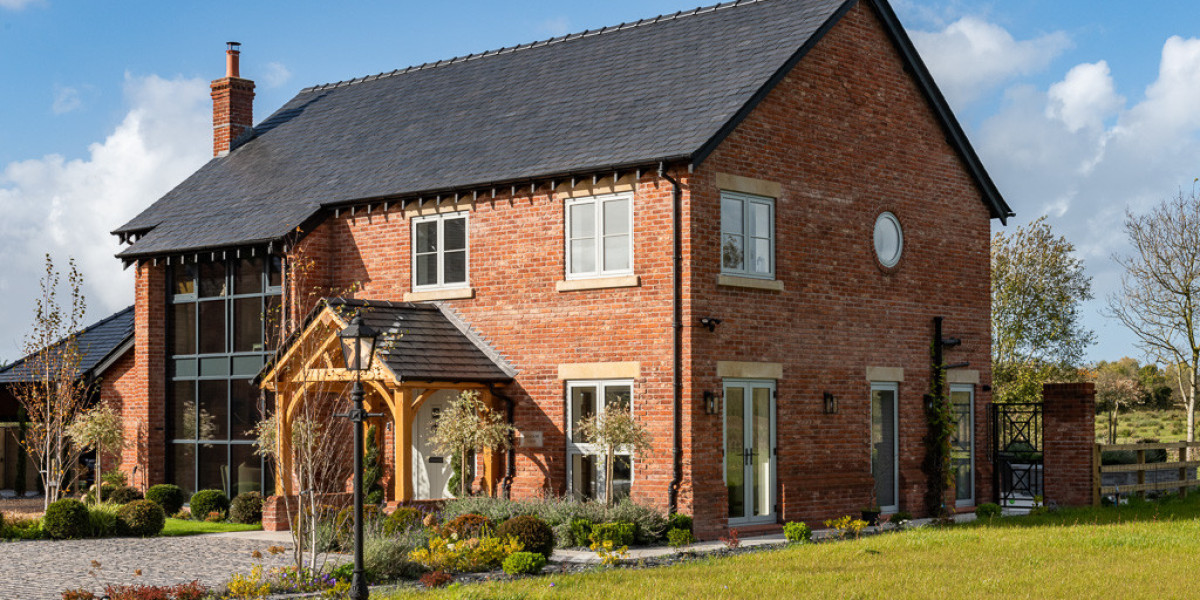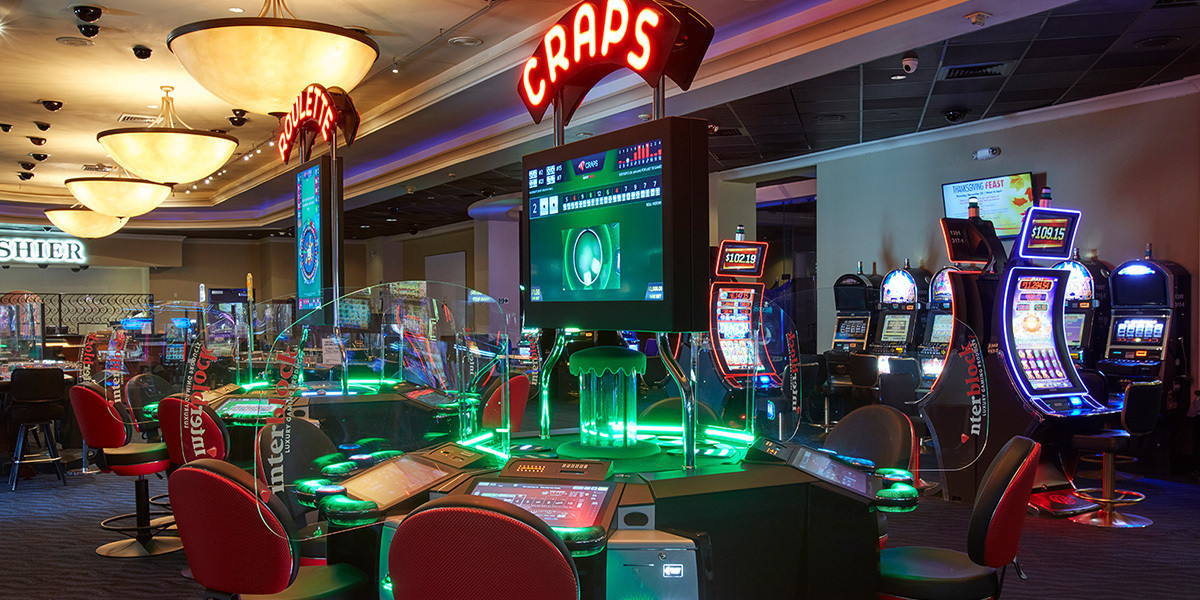Creating bright, efficient and visually engaging industrial spaces is becoming a widely discussed topic across construction platforms, and conversations around Chinese Frp Daylighting Panels continue to rise as architects explore new ways to balance light, energy control and structural harmony. In this context, chuanyabuilding is drawing attention from designers who are seeking stable daylighting solutions that function across diverse project environments, and many wonder whether these panels can reshape lighting concepts for future facilities?
Evolving Priorities in Industrial Lighting Design
Modern building planning has gradually moved away from relying solely on artificial lighting systems, and the shift toward sustainably managed natural illumination has brought a fresh wave of architectural dialogue. Designers highlight the importance of steady light transmission, low maintenance demands, and adaptable panel formats capable of matching different roof profiles. These discussions often revolve around how a lighting component can maintain clarity and durability while supporting broader building performance goals. The trend also underscores a rising preference for materials that preserve brightness across longer operational cycles, particularly in large industrial environments that require consistent visual comfort.
Balancing Structural Requirements and Lighting Efficiency
As construction methods evolve, project managers increasingly focus on gaining lighting efficiency without disrupting structural unity. Many planners concentrate on tension distribution, roof curvature, connection types and weather tolerance when integrating daylighting materials into complex frameworks. The industry is also examining long-span adaptability and surface stability under shifting temperatures and wind conditions. These perspectives show that the demand for versatile daylighting components is not driven by aesthetics alone but by an integrated approach that respects both engineering discipline and environmental consistency. This shift encourages a deeper understanding of how architectural materials support spatial quality over extended periods.
Design Adaptability Across Varied Industrial Uses
Wide roofing zones, high-ceiling warehouses, agricultural facilities and logistics buildings continue to adopt daylighting systems that respond smoothly to changing exterior brightness. The goal is to maintain balanced indoor visibility without excessive glare or uneven light distribution. A significant portion of online discussions focuses on color tone uniformity, long-cycle translucency, and the compatibility of daylighting materials with metal roofing and insulated panels. Such considerations demonstrate how industrial planners evaluate lighting solutions not only for initial suitability but also for operational continuity. This viewpoint widens the conversation about material selection, reinforcing the need for panels that integrate easily with modern assembly habits.
Digital Resources That Support Project Decisions
Industrial decision makers increasingly depend on high-quality online resources when comparing product specifications or exploring installation approaches. Platforms providing structured technical content, visual references and project insights tend to attract consistent attention from global users. Among these, https://www.chuanyabuilding.com/ has become a point of reference for those who want to understand broader trends in daylighting applications and roofing integration methods, and its accessible navigation layout supports both early-stage planning and detailed comparison. As discussion grows across industry channels, the site continues to serve as a helpful tool for professionals evaluating architectural solutions for evolving project needs.








